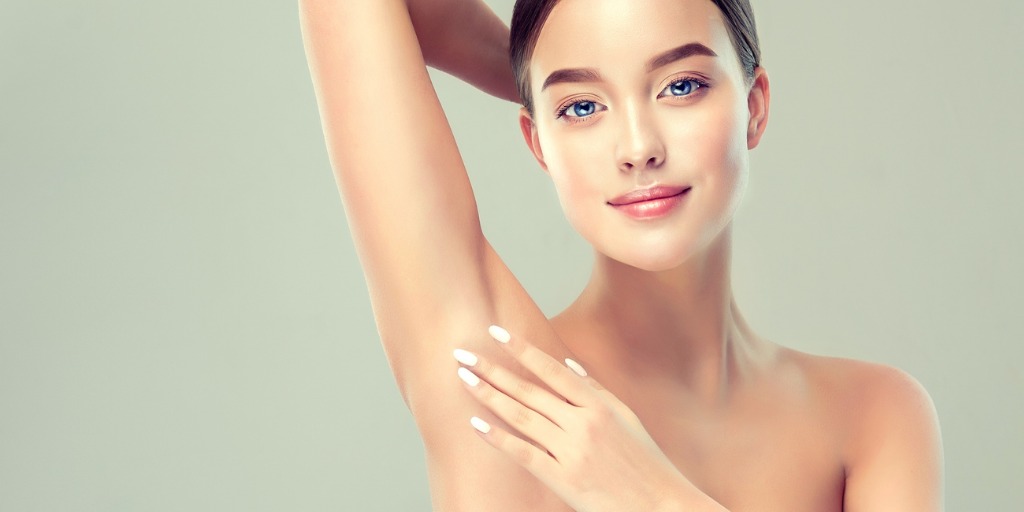There are plenty of myths surrounding Laser and IPL – we check in with Bravura Education to discover whether the five most common myths are True or False
You have to be a beauty therapist, doctor, dentist or nurse to perform laser treatments
False. The minimum requirement for becoming a laser technician in most parts of Australia is a Laser Safety Certificate. In Queensland you also require infection control qualifications and then to log clinical hours under supervision to achieve competency. The only exception to this is in Western Australia where Class 4 lasers can only be used by doctors, dentists, nurses and beauty therapists. To further build on a Laser Safety Certificate and be ready for practice through a rigorous workplace policy on the journey from novice to expert is required.
You don’t need a safety certificate if you use IPL
False. The new 2018 Australian and New Zealand standards for using laser and intense light sources have as a mandatory undertaking that a laser/IPL safety certificate be completed if you are using IPL regardless of where in the country you work.
IPL are safer to use than laser
False. In the wrong hands both can be equally as harmful.
Invisible wavelengths of light can’t injure your eyes
False. These ones bypass our blink reflex and cause painless and often undetected retinal damage.
The darker or bigger the chromophore you are targeting the higher you need to have the fluence/power.
False. Darker targets act like a ‘sink hole’ for the light and create a stronger photothermal (heat) or photomechanical response. They generally need less fluence and may also need a longer thermal relaxation time too to cool and prevent burns.
For more news and updates, subscribe to our weekly newsletter.

